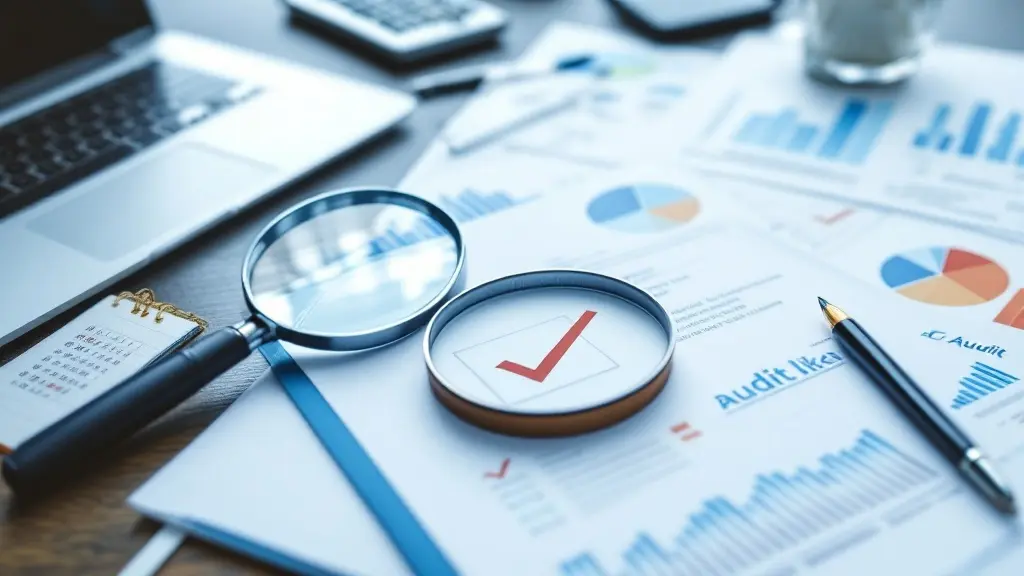Understanding Accounting Tables: A Comprehensive Guide for Beginners
Table of Contents
Most Read
[fusion_dropcap class="fusion-content-tb-dropcap"]A[/fusion_dropcap]ccounting plays a pivotal role in every business, whether it’s a startup or a multinational corporation. One essential tool that helps businesses keep track of their financial transactions is an accounting table. These tables provide a structured way to record and organize financial data, enabling businesses to make informed decisions. In this guide, we’ll explore the importance of accounting tables, their types, and how to use them effectively.
What is an Accounting Table?
An accounting table is a visual representation of financial data. It is designed to systematically organize financial transactions, making it easier for accountants and business owners to understand their financial position. The table often consists of rows and columns, with each row representing a different financial element (such as revenue, expenses, or assets), and the columns representing the time period (monthly, quarterly, yearly).
By organizing data in this manner, accounting tables help in the following ways:
- Tracking Financial Data: They allow businesses to monitor cash flow, profitability, and other financial metrics.
- Facilitating Financial Analysis: Accounting tables simplify the process of analyzing and interpreting financial data, which is crucial for making informed business decisions.
- Ensuring Accuracy: By using a table format, errors in financial reporting can be reduced, ensuring accurate data entry.
Types of Accounting Tables
There are several types of accounting tables, each serving a unique purpose. Below are the most commonly used accounting tables:
1. Trial Balance Table
A trial balance table is one of the first tables created in the accounting cycle. It lists all the ledger balances (both debit and credit) to ensure that the books are in balance. If the sum of debits equals the sum of credits, the books are balanced, indicating that there are no mathematical errors in the accounting records.
Key Features:
- Lists both debit and credit balances
- Used to verify the accuracy of bookkeeping
- Helps in identifying errors before preparing the final financial statements
2. Income Statement Table
The income statement table, also known as a profit and loss (P&L) table, summarizes a company’s revenues and expenses over a specific period. The main goal of this table is to determine the company’s profitability. If the revenue exceeds the expenses, the business is profitable; otherwise, it’s running at a loss.
Key Features:
- Includes revenue, cost of goods sold, operating expenses, and taxes
- Provides an overview of business performance over a given period
- Helps businesses assess their financial health
3. Balance Sheet Table
A balance sheet table is a snapshot of a company’s financial position at a specific point in time. It lists the company’s assets, liabilities, and equity. The table follows the basic accounting equation:
Assets = Liabilities + Equity
The balance sheet provides crucial insights into the business’s financial health and its ability to meet its financial obligations.
Key Features:
- Shows a company’s financial standing
- Provides a clear picture of assets, liabilities, and shareholders’ equity
- Used by investors and creditors to assess the company’s solvency
4. Cash Flow Statement Table
The cash flow statement table tracks the cash coming in and going out of a business. It divides cash flow into three categories: operating activities, investing activities, and financing activities. This table helps businesses understand how they generate cash and how it is used.
Key Features:
- Helps track liquidity and cash position
- Divides cash flow into operating, investing, and financing activities
- Critical for understanding the cash flow situation of the business
5. Accounts Receivable Table
The accounts receivable table helps businesses track the amount of money owed to them by customers. It lists all outstanding invoices, their due dates, and amounts. This table is essential for managing cash flow and ensuring timely collection of payments.
Key Features:
- Lists outstanding customer invoices
- Helps manage collection efforts
- Aids in determining the company’s liquidity
How to Use Accounting Tables Effectively
Using accounting tables effectively can provide invaluable insights into a company’s financial health. Here are some tips for making the most out of your accounting tables:
1. Consistent Updates
Ensure that accounting tables are updated regularly. Daily or weekly updates help provide accurate financial data, which is essential for decision-making. Neglecting to update your tables can lead to incorrect financial reporting.
2. Categorize Data Correctly
Properly categorizing data in the accounting tables is key to ensuring that financial analysis is accurate. For instance, when preparing an income statement table, ensure that all expenses are categorized as operating or non-operating to make the report more meaningful.
3. Automation Tools
While manual entry into accounting tables is possible, using accounting software tools can automate the process. Many software solutions, like QuickBooks, Xero, and Zoho Books, offer pre-designed templates and features that automatically update financial data. Automation minimizes the risk of human error and saves valuable time.
4. Review for Accuracy
Always double-check your accounting tables for errors, such as data entry mistakes, incorrect classification of financial items, or calculation errors. Regular reviews ensure that your financial statements are correct before they are presented to stakeholders.
5. Use for Decision Making
Accounting tables are a powerful tool for business decision-making. They allow business owners and managers to track financial performance and make data-driven decisions. For instance, if an income statement table shows declining profits, a business owner may choose to cut costs or increase sales efforts.
Why Are Accounting Tables Important?
Accounting tables are crucial for several reasons, especially for businesses that wish to maintain accurate financial records. Here are some key benefits:
1. Better Financial Management
By organizing financial data in tables, businesses gain better control over their finances. Accounting tables help in tracking revenues, expenses, assets, and liabilities, which are all necessary for sound financial management.
2. Easier Financial Reporting
Accounting tables make it easier to generate financial reports like the income statement, balance sheet, and cash flow statement. This is because the financial data is already organized and categorized, making it quick to compile and analyze.
3. Transparency and Accountability
By keeping detailed records in accounting tables, businesses can ensure greater transparency in their financial dealings. This transparency helps improve trust with investors, creditors, and stakeholders.
4. Compliance with Regulations
Using accounting tables ensures that businesses are keeping their books in accordance with accounting standards and regulations. This is especially important for businesses that are required to submit financial statements to regulatory bodies.
5. Tax Preparation
Accounting tables also play a significant role during tax season. By organizing income and expenses clearly, businesses can simplify the tax preparation process. This can help reduce the chances of making costly errors that could lead to tax penalties.
Key Takeaways
- Accounting tables are essential tools for tracking, organizing, and analyzing financial data.
- Different types of accounting tables serve distinct purposes, including trial balances, income statements, balance sheets, and cash flow statements.
- Regular updates, proper categorization of data, and the use of automation tools are essential for effective use of accounting tables.
- These tables are not only crucial for financial management but also help ensure compliance, transparency, and informed decision-making.
By understanding and utilizing accounting tables effectively, businesses can gain valuable insights into their financial performance, which is critical for long-term growth and success.
If you’re new to accounting or looking to streamline your financial processes, adopting these tables into your workflow can provide the clarity and organization needed for sound financial decision-making.









